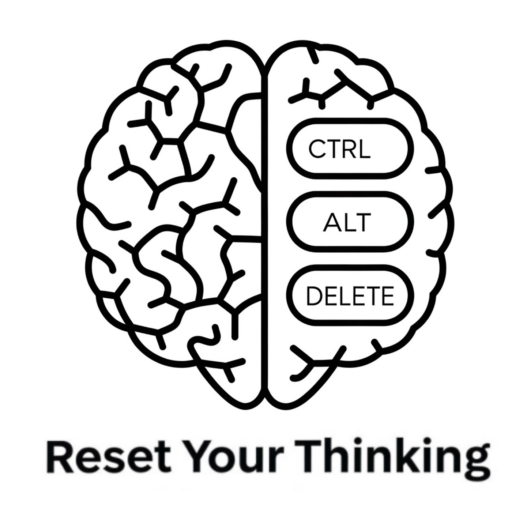This briefing document summarizes the main themes and most important ideas presented in the provided excerpts from Ray Dalio’s “Principles.” The document focuses on the foundational concepts of having principles, Dalio’s core life principles, and his approach to management, which is essentially the application of his life principles in a professional context. Dalio emphasizes the importance of thinking for oneself, being open-minded, and pursuing goals through a structured, iterative process of learning and adaptation.
II. Key Themes and Ideas:
A. The Importance of Principles:
- Dalio believes that having clearly defined principles is crucial for navigating life and making effective decisions. He encourages readers to develop their own principles based on what they want, what is true, and what they should do about it.
- He states, “Above all else, I want you to think for yourself—to decide 1) what you want, 2) what is true and 3) what to do about it. I want you to do that in a clear-headed thoughtful way, so that you get what you want.”
- The book is structured into three main parts: the importance of principles in general, Dalio’s fundamental life principles, and his management principles at Bridgewater. He intends to write a fourth part on investment principles in the future.
B. Fundamental Life Principles:
- Time as a River and Encounters with Reality: Dalio views time as an unstoppable force that brings constant encounters with reality, requiring us to make decisions. The key is to approach these encounters in the best way possible.
- Operating in Harmony with the Laws of the Universe: He believes that progress comes from understanding and operating in accordance with the fundamental laws of nature, which are discovered, not invented. “I believe there are an infinite number of laws of the universe and that all progress or dreams achieved come from operating in a way that’s consistent with them.”
- The Personal Evolutionary Process: This involves a continuous cycle of setting goals, working towards them, learning from the process, achieving them, and repeating the cycle with increasingly challenging goals. “In other words, the sequence of 1) seeking new things (goals); 2) working and learning in the process of pursuing these goals; 3) obtaining these goals; and 4) then doing this over and over again is the personal evolutionary process that fulfills most of us and moves society forward.”
- Understanding Strengths and Weaknesses: Everyone has attributes that can be both helpful and harmful. Self-awareness, particularly understanding one’s values and abilities, and adapting to one’s limitations are crucial for success. “It is extremely important to one’s happiness and success to know oneself—most importantly to understand one’s own values and abilities—and then to find the right fits.”
- Learning from Mistakes: Good decision-making is a learned skill. Impediments and mistakes are inevitable, and how we approach them determines our progress.
- The Five Big Types of Choices: Dalio identifies five critical decision trees that significantly impact the quality of life, emphasizing that making the “bottom branch” choices leads to greater success. These involve:
- Embracing pain for growth vs. avoiding it. “It is a fundamental law of nature that to evolve one has to push one’s limits, which is painful, in order to gain strength…”
- Looking good vs. being good. “How much do you worry about looking good relative to actually being good?”
- Considering second- and third-order consequences vs. focusing solely on first-order consequences. “People who overweigh the first-order consequences of their decisions and ignore the effects that the second- and subsequent-order consequences will have on their goals rarely reach their goals.”
- Taking responsibility vs. letting oneself off the hook. “Successful people understand that bad things come at everyone and that it is their responsibility to make their lives what they want them to be by successfully dealing with whatever challenges they face.”
- Relying on the help of others in areas of weakness vs. trying to do everything alone.
- “Your Two Yous” and Your “Machine”: Successful individuals can take a higher-level perspective and design a “machine” (system and people) to achieve their goals. This involves setting goals, creating a machine, observing outcomes, and modifying the machine based on the results.
- The 5-Step Process to Getting What You Want: This is a core framework:
- Set Goals: Choose what you truly want, distinguishing between goals and desires (first-order consequences that can hinder goals). Set ambitious goals without initially worrying about attainability. “It is important not to confuse “goals” and “desires.””
- Identify and Don’t Tolerate Problems: Problems are opportunities for improvement. Bring them to the surface and analyze them logically. “Whenever a problem surfaces, you have in front of you an opportunity to improve. The more painful the problem, the louder it is screaming.”
- Diagnose the Problems: Focus on understanding the root causes of problems rather than immediately jumping to solutions. “You will be much more effective if you focus on diagnosis and design rather than jumping to solutions.”
- Design the Plan (Determine the Solutions): Develop a clear plan to overcome the identified root causes. This requires visualization and a practical understanding of how things work.
- Do the Tasks: Execute the plan with self-discipline and proactivity, constantly comparing outcomes to goals.
C. Management Principles (Application of Life Principles at Bridgewater):
- Dalio’s management principles are a direct extension of his life principles applied to running an organization.
- Importance of Meritocracy of Ideas: Not all opinions are equally valuable. Believability, based on track record and the quality of explanations, should be considered. “Don’t treat all opinions as equally valuable. a) A hierarchy of merit is not only consistent with a meritocracy of ideas but essential for it.”
- Managing as a Machine Designer and Operator: Leaders should view the organization as a machine designed to achieve goals, constantly comparing outcomes to those goals and making necessary adjustments to the design and the people within it. “Manage as Someone Who Is Designing and Operating a Machine to Achieve the Goal.”
- Clear Responsibilities and Accountability: Clearly assign responsibilities and hold people accountable for their actions.
- Understanding the Difference Between Managing, Micromanaging, and Not Managing: Effective management involves oversight and improvement, not dictating every task or being completely uninvolved. “Managing the people who report to you should feel like “skiing together.””
- Importance of Truth and Transparency: Encourage open communication and feedback, even if it involves pointing out weaknesses. “Don’t try to be followed; try to be understood and to understand others.”
- Recognizing Different Ways of Thinking: People have different values, abilities, and skills. Understanding these differences (e.g., left-brained vs. right-brained, detail-oriented vs. big-picture) is crucial for effective collaboration and team building. “RECOGNIZE THAT PEOPLE ARE BUILT VERY DIFFERENTLY.”
- Continuous Assessment and Development of People: Train and test people through experiences, constantly evaluating their fit for their roles. “Continue assessing people throughout their time at Bridgewater.” “TRAIN AND TEST PEOPLE THROUGH EXPERIENCES.”
- Rigorous Problem Identification and Diagnosis: Proactively seek out problems, diagnose their root causes (which are reasons, not actions), and use this understanding to improve the “machine.” “Recognize that all problems are just manifestations of their root causes, so diagnose to understand what the problems are symptomatic of.”
- Systematic Design and Execution: Design processes and systems to achieve goals, ensuring clear benchmarks and accountability. Use techniques like “double-do” for critical tasks.
- Effective Decision-Making: Recognize the limitations of one’s own knowledge, seek input from believable people, and make decisions logically based on expected value calculations. “Recognize that your goal is to come up with the best answer, that the probability of your having it is small…”
- Synthesis and Continuous Improvement: Understand and connect the dots by synthesizing information from various outcomes to identify patterns and improve the organization over time. “Understand and connect the dots.”
III. Key Quotes:
- “Time is like a river that will take you forward into encounters with reality that will require you to make decisions. You can’t stop the movement down this river, and you can’t avoid the encounters. You can only approach these encounters in the best way possible.”
- “Most of us are born with attributes that both help us and hurt us, depending on their applications, and the more extreme the attribute, the more extreme the potential good and bad outcomes these attributes are likely to produce.”
- “The quality of our lives depends on the quality of the decisions we make. We literally make millions of decisions that add up to the consequences that are our lives.”
- “Weaknesses don’t matter if you find solutions.”
- “The best advice I can give you is to ask yourself what you want, then ask ‘what is true,’ and then ask yourself ‘what should be done about it.’ If you honestly ask and answer these questions you will move much faster towards what you want to get out of life than if you don’t!”
IV. Conclusion:
The excerpts from Ray Dalio’s “Principles” provide a comprehensive overview of his fundamental approach to life and management. He emphasizes the importance of self-reflection, goal-oriented action, rigorous problem-solving, and continuous learning and adaptation. His 5-Step Process serves as a practical framework for achieving goals, while his management principles highlight the application of these concepts in building and operating effective organizations based on a meritocracy of ideas and a focus on achieving desired outcomes. The recurring emphasis on understanding oneself, embracing reality (including pain and mistakes), and seeking truth through open-mindedness and collaboration are central to Dalio’s philosophy.
RYT Podcast is a passion product of Tyler Smith, an EOS® Implementer (more at IssueSolving.com). All Podcasts are derivative works created by AI from publicly available sources. Copyright 2025 All Rights Reserved.

